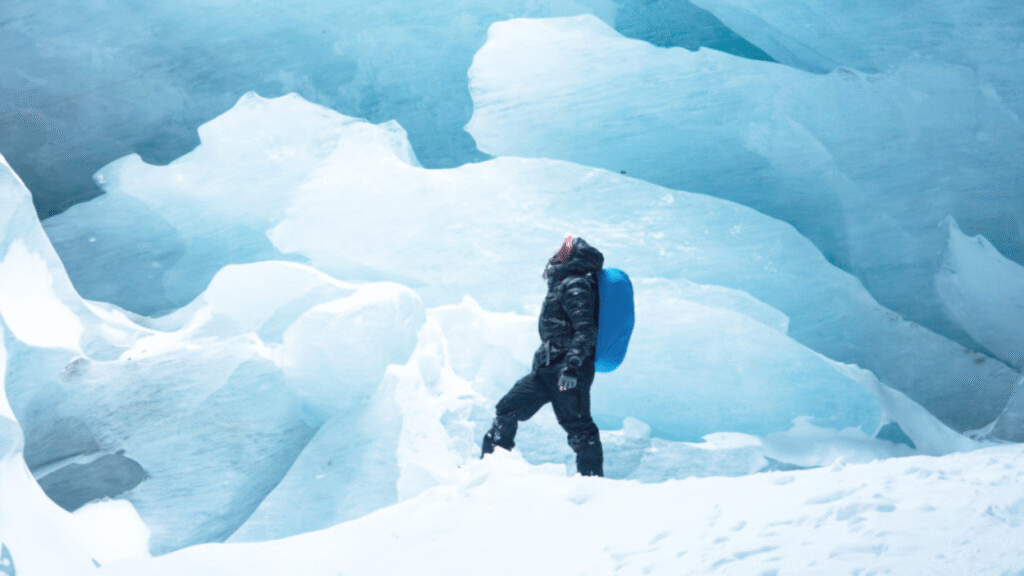Glaciers, which are essential freshwater reserves for the planet, are rapidly melting due to accelerating climate change. In 2025, the United Nations declared it the International Year of Glaciers’ Preservation, emphasizing the urgent need to protect these crucial ecosystems that support over two billion people worldwide.
Recent studies reveal that due to past and current greenhouse gas emissions, nearly 40% of the world’s glaciers are destined to melt. If global temperatures rise by 2.7°C—the current trajectory—up to 75% of glacier mass could be lost, leading to significant sea-level rise and threatening water supplies, agriculture, and ecosystems.
In response, innovative geoengineering solutions are being explored. For example, scientists have already proposed the construction of a 100 km-long underwater curtain in the Amundsen Sea to slow Antarctic glacier melt by blocking the inflow of warm ocean water. Additionally, the Ice Memory project aims to preserve ice cores from rapidly melting glaciers, safeguarding invaluable climate data for future research and long-term planning.
India, home to the Himalayan glaciers, faces significant challenges. The retreat of these glaciers poses serious risks to freshwater supplies, agricultural productivity, and the livelihoods of millions. To address these challenges, the National Mission for Sustaining the Himalayan Ecosystem (NMSHE) is dedicated to studying and mitigating their impacts. Innovative solutions like the Ice Stupa project in Ladakh, which creates artificial glaciers to store winter water for summer use, showcase local adaptation efforts.
Regions such as Uttarakhand and Sikkim are also experiencing accelerated glacial retreats, raising the risk of glacial lake outburst floods and long-term water insecurity. However, more comprehensive strategies are needed. This includes expanding glacier monitoring systems, developing early warning systems for glacier-related hazards, and promoting sustainable water resource management in glacier-dependent regions.
International cooperation, data sharing, and climate finance for glacier-rich developing nations must also be strengthened. The window for action is rapidly closing, any further delay will accelerate the crisis. Glacier melt is more than an environmental concern—it represents a pressing humanitarian emergency that calls for urgent global intervention. By investing in adaptation and mitigation strategies, we can safeguard these vital ecosystems and ensure water security for future generations.

